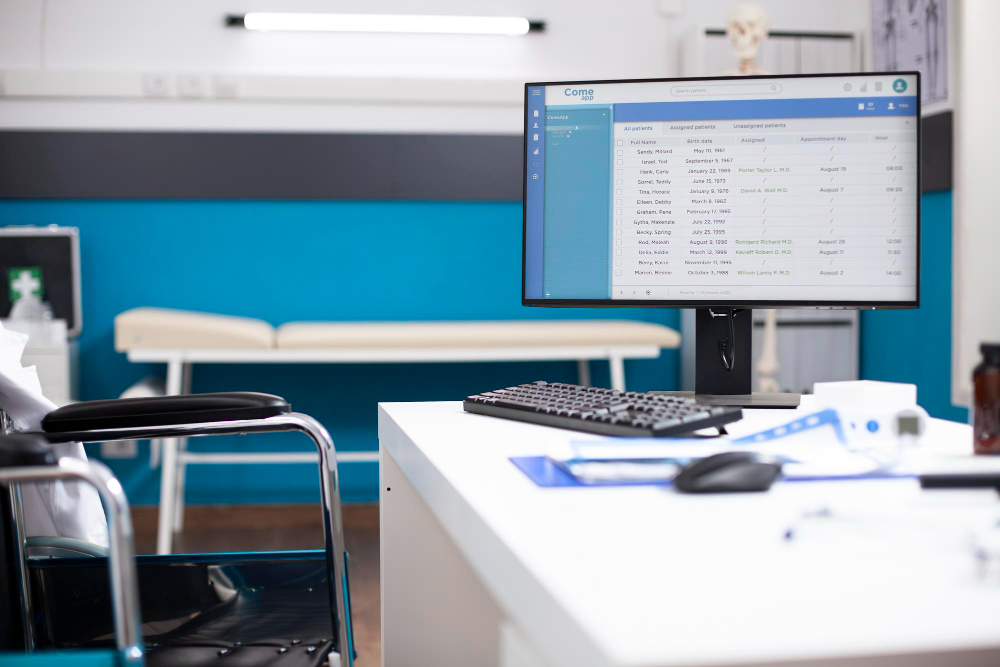In the quiet hours before dawn, monitors in a hospital emergency ward freeze, replaced by a chilling message: “Your files have been encrypted.” Critical systems were shut down, forcing clinicians back to paper and pen, and delaying life-saving care. This may sound like a nightmare, but it is happening globally, and hospitals relying on antivirus solutions alone for protection are learning the hard way; that it’s not enough.
The Myth of Protection: Why Antivirus Isn’t Enough
Antivirus tools work by scaning for known threats; using hashed signatures to detect malware. But attackers evolve. Modern ransomware and malware change their code to avoid detection or run entirely in memory, bypassing signature-based AV very easily. Attack groups like Qilin ransomware, which has explicitly targeted hospitals in countries outside Russia and its allies(Nigeria being a potential target), use advanced tactics to slip past basic and advanced Anti-Virus defenses.
Phishing emails remain the most common entry point. A staff member clicks a seemingly harmless attachment, and ransomware silently spreads across your network, and even if your AV flags it later, the damage may already be done.
Real Consequences:
When antivirus fails, your hospital pays in multiple ways:
- Operational shutdown: EMRs, lab systems, and radiology tools can be locked, delaying and preventing patient care.
- Patient safety risks: Without access to current records, clinicians may make decisions with incomplete data and delays would ultimately lead to loss of lives.
- Data loss: Even if backups exist, they may be outdated, or encrypted by the malware if not properly managed.
- Reputation damage: Patients will lose trust in affected health facilities, leading to revenue loss.
Globally, ransomware attacks on hospitals have resulted in canceled surgeries, disrupted care, and patient deaths due to care delays during cybersecurity incidents.
A Smarter Defense: What Your Hospital Actually Needs
Antivirus is just one small layer of cybersecurity. To protect your hospital effectively, you need a layered defense strategy, including:
- ✅ Penetration testing to identify security weaknesses before attackers do. By safely simulating real-world attacks, ClarenSec helps your team discover vulnerabilities in your computer network, and workflows so you can fix them proactively.
- ✅ Email filtering and phishing protection to block malicious attachments and links before staff can click.
- ✅ Endpoint Detection and Response (EDR) to detect suspicious behavior, not just known malware.
- ✅ Regular, secure backups (offline or cloud) for fast restoration without having to pay ransoms for data recovery.
- ✅ Staff training so your team can recognize phishing and report suspicious activities immediately.
- ✅ Access control with strong passwords and multi-factor authentication.
- ✅ Incident response plans to isolate infections quickly and recover operations.
Do not Wait for a data breach before you act!
Request a consultation to learn how to strengthen your hospital’s cybersecurity posture before attackers help test your defenses for you.



